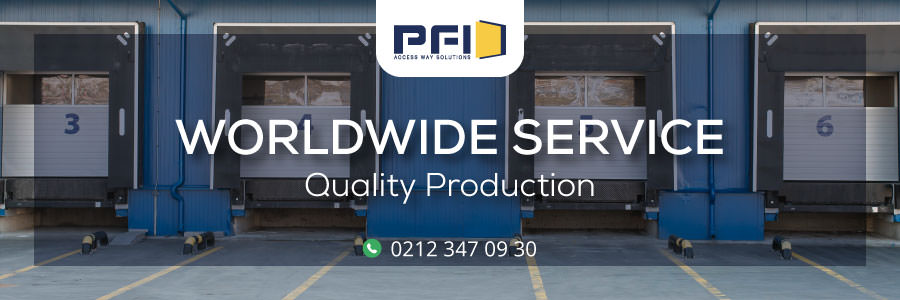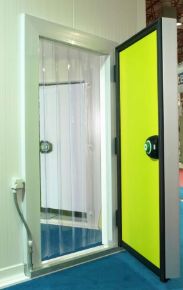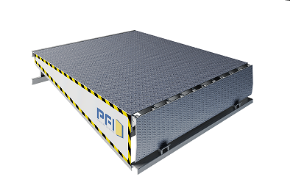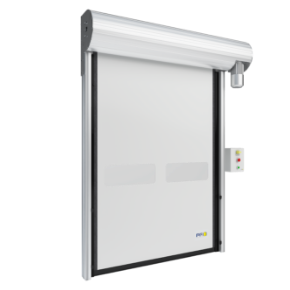In the food industry, pharmaceutical storage, laboratories and many other sectors, maintaining products at the appropriate temperature is critical. Therefore, technological advances in cold room doors not only maintain product quality, but also save costs for businesses by improving energy efficiency. Here is a content that provides information about the latest technological developments in cold room doors:
Cold Room Doors in the World of Technology
Smart Door Systems
Traditional cold room doors open and close manually. However, state-of-the-art smart door systems are equipped with automatic opening and closing features. These systems can be easily controlled via motion sensors or remote control. Smart doors not only save energy, but also increase hygiene standards.
Insulation with Air Curtains
With the opening of cold room doors, hot air can enter and cause unwanted temperature changes. Air curtains, which are among the latest technological developments, are automatically activated when the door is open. These curtains minimise temperature losses by creating an air barrier between the indoor and outdoor environment.
Touch Screen Control Systems
Unlike traditional switch and button systems, touch screen control systems are becoming increasingly common on cold room doors. This technology allows users to easily monitor and adjust temperature, humidity and other environmental factors. It also provides operators with better control and monitoring through instant data analysis and reporting features.
RFID and Biometric Authentication
Security is a critical issue in cold storage areas. RFID (Radio Frequency Identification) and biometric authentication systems, which are among the latest technological developments, are used to prevent unauthorised access. Biometric methods such as fingerprint, retinal scanning or facial recognition identify people who are authorised to access the door and increase security standards.
Energy Efficient Materials and Insulation
Technological developments in cold room doors include special materials developed to increase energy efficiency. High-quality insulation materials and energy-efficient glass minimise energy consumption while ensuring temperature stability.
Remote Monitoring and Automation Integration
Cold room doors can be integrated with remote monitoring and automation systems. This allows remote access to monitor door status, temperature and other important parameters. In addition, thanks to automation integration, doors can be opened and closed automatically according to specific temperature conditions.

Environmentally Friendly Cooling Systems
Environmentally friendly cooling systems are an important development for cold room doors. These systems include solutions that are less damaging to the environment and save energy. Innovative approaches such as CO2-based refrigeration systems are ideal for sustainability-orientated businesses.
Advanced Energy Management Systems
Advanced energy management systems on cold room doors are designed to optimise energy consumption and provide operators with energy efficiency. Automatic energy saving modes and programmable settings can help businesses reduce energy costs.
Integrated Alarm and Warning Systems
Integrated alarm and warning systems on cold room doors quickly detect sudden temperature changes, door openings or other emergencies. These systems provide rapid intervention by sending instant warnings to operators.
Nano Technology Coating Materials
Nano technology is a groundbreaking development in coating materials for cold room doors. Nano technology coatings strengthen and protect door surfaces at the microscopic level, resulting in more durable and cleanable doors.
Data Analytics and Big Data Utilisation
Analysing data from sensors on cold room doors can be achieved through the use of big data. This data analytics provides operators with valuable insights into storage conditions and can form the basis for future improvements.
Double Door Systems and Air Locking Technologies
Advanced double door systems minimise air passage between the outdoor and indoor environment and save energy. Air-locking technologies prevent the door from jamming or leaking, thus maintaining temperature stability.












